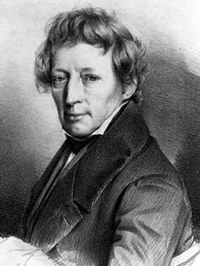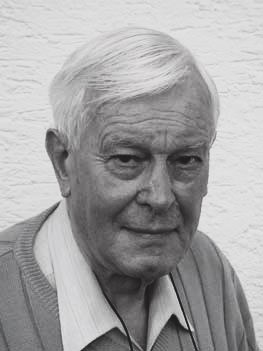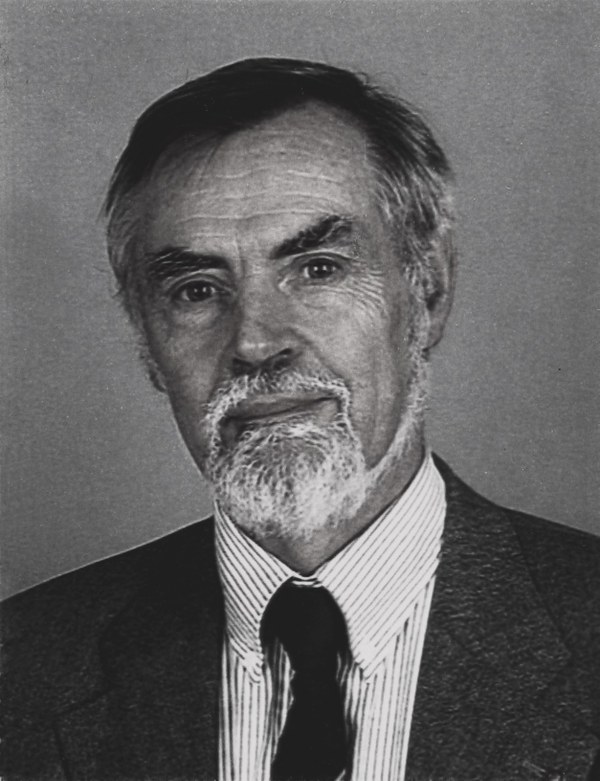The History of Classical Archaeology at JLU
|
|
Classical Archaeology has a long tradition in Giessen. In 1809, Friedrich Gottlieb Welcker founded a chair for "Greek Literature and Archaeology"—marking the first time the term "Archaeology" was used in Germany to designate a chair. However, the subject initially had a strong philological orientation, and by 1812, an independent philological seminar was established at Welcker's instigation. Welcker later moved to Göttingen in 1816 and to Bonn in 1819. The cast collection he established in Giessen led to the founding of an "Academic Art Museum" in 1826, which was renamed the "Art, Coin, and Antiquities Cabinet" in 1835. Unfortunately, little is known about the holdings of this cabinet due to the loss of all archival documents during the Second World War. In addition to the coin collection, which dates back to the 18th century, it also included the "Lippert'sche Daktyliothek," which has been preserved to this day, as well as a series of casts of antique sculptures. Although the collection was actively used for drawing exercises, there was no real continuity in archaeological teaching until the late 19th century. In 1887, Ferdinand Dümmler arrived in Giessen after spending several years in Greece and Italy. He habilitated there but was primarily involved in offering lectures and seminars in Classical Philology rather than conducting archaeological work. Dümmler was appointed associate professor in 1889, but by 1890, he accepted a chair at the University of Basel. The formal establishment of Classical Archaeology as a subject in Giessen occurred in 1892 with the habilitation of Bruno Sauer. As a private lecturer, Sauer supervised the Collection of Classical Antiquities, which was renamed the "Archaeological Institute" in 1898. In the same year, Sauer was appointed full professor, representing both Classical Archaeology and Art History. It wasn't until his departure for Kiel in 1909 that Archaeology and Art History were divided into two separate chairs. Sauer made significant contributions to the Collection of Classical Antiquities, with the majority of the current collection acquired through purchases and donations during his tenure. He also strategically expanded the cast collection, although this part of the collection was almost completely destroyed during the Second World War. |
|
After Sauer's appointment to the University of Kiel in 1909, Carl Watzinger succeeded him and taught at Giessen until 1916. The still-young institute continued to grow under Watzinger, who further expanded the Collection of Classical Antiquities and restored and reorganized the cast collection. Watzinger was succeeded by Gerhart Rodenwaldt, who had previously worked as Georg Loeschcke's assistant in Berlin. During Rodenwaldt's service in World War I, Margarete Bieber temporarily replaced him. Both Rodenwaldt and Bieber held the German Archaeological Institute’s travel grant in 1909/10. When Rodenwaldt received an offer of appointment at the University of Giessen in 1916, he supported Bieber, who became the first woman to habilitate at Giessen in 1919. In 1922, Rodenwaldt was appointed General Secretary (President) of the German Archaeological Institute in Berlin. His successor at Giessen was Richard Delbrueck, who had led the DAI in Rome until 1915. Under Delbrueck, Bieber was appointed associate professor. However, when Delbrueck accepted a chair in Bonn in 1928, the chair of Classical Archaeology at Giessen was canceled for financial reasons, and Bieber was appointed as a substitute. Unfortunately, Bieber was unable to take up the promised professorship in the fall of 1933, as she was dismissed in the spring due to her Jewish ancestry. She emigrated via England to the USA and, in 1957, was appointed honorary senator of the University of Giessen as a form of late compensation. After Bieber's dismissal in 1933, Classical Archaeology was initially represented by Hans Möbius for one semester until, in 1934, Walter-Herwig Schuchhardt, who had habilitated in Frankfurt and represented Hans Schrader there, came to Giessen with a teaching assignment. However, Schuchhardt accepted a chair at the University of Freiburg as early as 1936. His successor in 1937 was Willy Zschietzschmann, who had habilitated under Rodenwaldt in Berlin in 1932. He first taught as a lecturer, then as an associate professor. In 1939, Zschietzschmann significantly expanded the Collection of Classical Antiquities through purchases. Thanks to his prudence, the original collection survived World War II with almost no losses and later remained in the possession of the university. After the war, Zschietzschmann was entrusted with the provisional administration of the institute and continued teaching until 1969. The institute, now known as the "Professorship for Classical Archaeology," was not regularly staffed again until 1964. Walter Hatto Gross laid the foundations for a viable institute in just a few years, aided by his assistant Siemer Oppermann, who worked in Giessen until 1999, ultimately as Academic Director. Gross himself accepted a chair at the University of Hamburg in 1968. He was followed in 1969 by Hans-Günter Buchholz, who taught at Giessen until 1985. Together with his assistant Wilhelm Hornbostel, Buchholz reunited the scattered Collection of Classical Antiquities. His research during his tenure primarily focused on the Aegean Bronze Age, and through his many years of excavations in Tamassos, he continued Ohnefalsch-Richter's German research in Cyprus. Wolfram Martini taught in Giessen from 1985 to 2006. His work was particularly shaped by his research in Greek sculpture and Attic vase painting, as well as his excavations on the Acropolis of Perge (Turkey). Martini, who opened part of the Collection of Classical Antiquities to the public in 1987, significantly expanded the collection, mainly through private donations. Anja Klöckner taught in Giessen from 2007 to 2016. Since April 2018, Katharina Lorenz has been teaching at Giessen.
M. Recke, Die Klassische Archäologie in Gießen. 100 Jahre Antikensammlung, Studia Giessensia 9 (2000). |
|
|
Ancestral Gallery |
|||
 |
 |
 |
 |
|
Friedrich Gottlieb Welcker 1809-1816 |
Ferdinand Dümmler 1886-1890 |
Bruno Sauer 1892-1909 |
Carl Watzinger 1909-1916 |
 |
 |
|
 |
|
Gerhart Rodenwaldt 1916-1922 |
Richard Delbrueck 1922-1928 |
Margarete Bieber 1929-1933 |
Walter-Herwig Schuchhardt 1934-1936 |
 |
 |
 |
 |
|
Willy Zschietzschmann 1937-1945 |
Walter Hatto Gross 1964-1968 |
Hans-Günter Buchholz 1969-1985 |
Wolfram Martini 1985-2006 |


